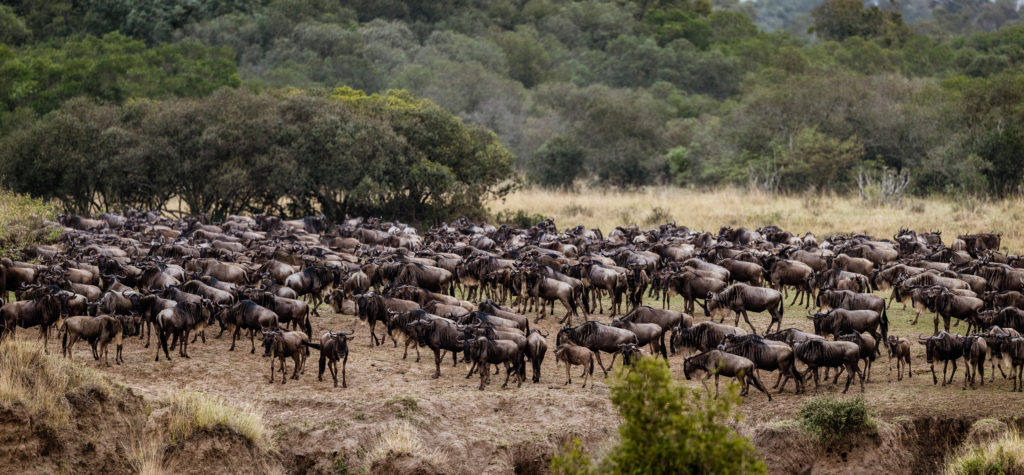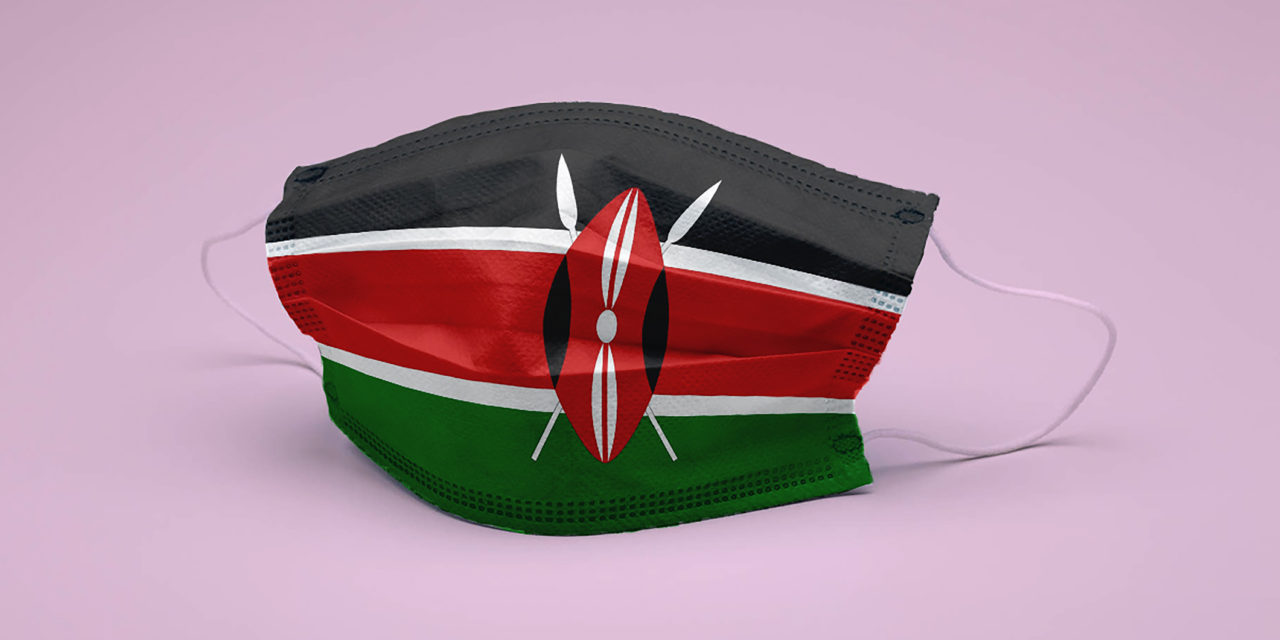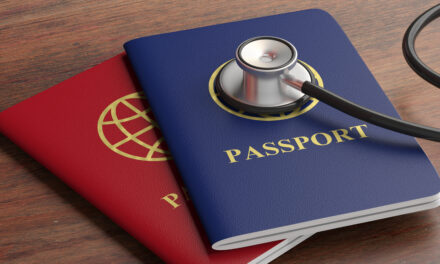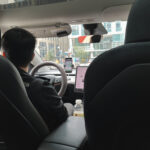On 1st July 2020, the World Travel and Tourism Council awarded Kenya a Safe Travel Stamp. This was in recognition of the protocols Kenya has implemented to make the country safe during the coronavirus crisis. To Kenyans, this award felt justified.
In February, before Kenya had recorded a single case of the virus, the government stopped flights from China and banned group gatherings. Hand washing stations were set up across the country, and temperature checks were installed outside shops, banks and offices.
On 13th March, the first case of coronavirus was recorded. The Kenyan Government identified and tested a number of people who had come into contact with the first patient on her flight from the USA; two passengers who had sat next to her on the aeroplane tested positive.
On 15th March, with three cases of coronavirus in the country,the government took quick and decisive action. Non-Kenyans were no longer allowed into the country. Kenyan citizens and those with Kenyan residence permits were given ten days to return and had to remain in quarantine for 14 days on arrival. The government and the workforce were instructed to work from home where possible. Payments were to be made by cashless transactions, including Kenya’s famed Mpesa app, and the cost of such transactions was reduced. Sporting events and group gatherings were banned.
On 22nd Match, with 16 cases in the country, schools, universities, restaurants, nightclubs and bars closed, with restaurants permitted to offer takeaways. Congregations at churches, mosques and funerals were limited to 15 people. Weddings were banned.
On 25th March, with 28 cases in the country, Kenya closed its airports and borders, except for cargo. A nationwide curfew was instigated from 7 pm to 5 am. In addition, President Uhuru Kenyatta announced financial help to Kenyans suffering from these measures. This included 100% tax relief for Kenyans earning less than 24,000 shillings (180 GBP) per month,reduction of PAYE (Pay as you Earn) from 30% to 25%, and reduction of VAT from 16% to 14%. He also announced that the president and vice-president were taking an 80% pay-cut, cabinet secretaries a 30% pay-cut, and principal secretaries a 20% pay-cut. Finally he made 10 billion shillings (7.5 million GBP) available to vulnerable groups including the elderly and orphans, and another 10 billion shillings (7.5 million GBP) from the universal health coverage to be spent on the employment of new health workers.
At the start of April it became mandatory to wear a mask when leaving your house, and shortly afterwards the three cities with the most cases – Nairobi, Mombasa and Kilifi –were locked down. With strict roadblocks around the country, non-essential travel within Kenya ceased.
Although cases of coronavirus are rising in Kenya, these extensive measures have gone a long way towards keeping the number of cases down. Currently, in mid-July, there are 11,673 cases in the country and 217 deaths. This is fewer than four fatalities per million people, an extremely low level of fatalities compared to most other countries, putting Kenya 149th in the world. Some countries have death rates 100 times higher.
This low death rate comes partially from government policies, but other factors are also at play. Kenya’s population is young; the average age is 18, and 95% of the population are under 60. Underlying conditions such as obesity are rare. All babies born in Kenya are given the BCG injection at birth, a factor which – although as yet unconfirmed – may contribute to lower rates of the coronavirus.
It must also be noted that some negatives marred the country’s coronavirus response. Police brutality, always an issue in Kenya, reached a crescendo while enforcing these new rules. Police treatment, particularly of those returning home late during curfew, was harsh. And despite the government’s financial assistance, people were suffering without income.
As with so many countries, Kenya was faced with tough decisions: continue the lockdown and risk people’s livelihoods and mental health; reopen and jeopardise the success of the country’s coronavirus management.

However, Kenya’s four-month lockdown hasn’t been in vain. The government has spent the time planning how to reopen as safely as possible. At the start of July, the Directorate of Occupational Safety and Health Services released a comprehensive document listing the ‘Return to Work Requirements’. The Ministry of Tourism and Wildlife released ‘Health and Safety Protocols for the New Normal’, a 43-page document itemising stringent rules for reopening.
In the tourism industry these protocols are especially vigilant. Tourism facilities must be inspected and meet the sanitary requirements in order to receive certification allowing them to reopen.
Food Safety Management Systems are rigorous, as are Standard Operating Procedures.
Staff must be tested for the virus every 14 days at a government-approved facility. Staff must wear PPE, stand at least 1.5m from all clients, and wash their hands frequently. Sanitisers are placed at all key spaces. Staff and guests are required to have their temperatures taken regularly. Every part of the operation including kitchens, bathrooms, staff areas and vehicles are disinfected and sanitised frequently. Where possible, dining should take place outside, with sensible spacing. Payments should be online not in cash.
All facets of the tourism industry must adhere to strict rules, including restaurants, golf courses, adventure sports, safari providers, airlines, national parks and shops.
On 6th July, the government announced a closely-monitored reopening. In accordance with regulations, masks are still mandatory across the country, temperature checks are required and the nationwide curfew still stands. On 15th July, domestic flights restarted. On 1st August international flights are expected to start in accordance with strict testing procedures.
The atmosphere in Kenya is cautiously optimistic. There is of course concern about arrivals from virus-affected countries, and about restarting travel within the country, but the government has implemented some of the world’s most vigilant checks and the country needs its economy to revive.
Kenya is now ready to welcome visitors to its world-famous safari parks, award-winning beaches and breath-taking cultural destinations. After four months of rest, the country is looking its best. The white sand beaches are gleaming; the snowy peaks of Mt Kenya are shimmering; the deserts are stark and dramatic. The animals are grazing on lush savannah and the birds are swooping through dazzling blue skies. And the timing is right: the annual wildebeest migration is now streaming into the Maasai Mara. In the words of the Kenya Tourist Board: the magic awaits.










